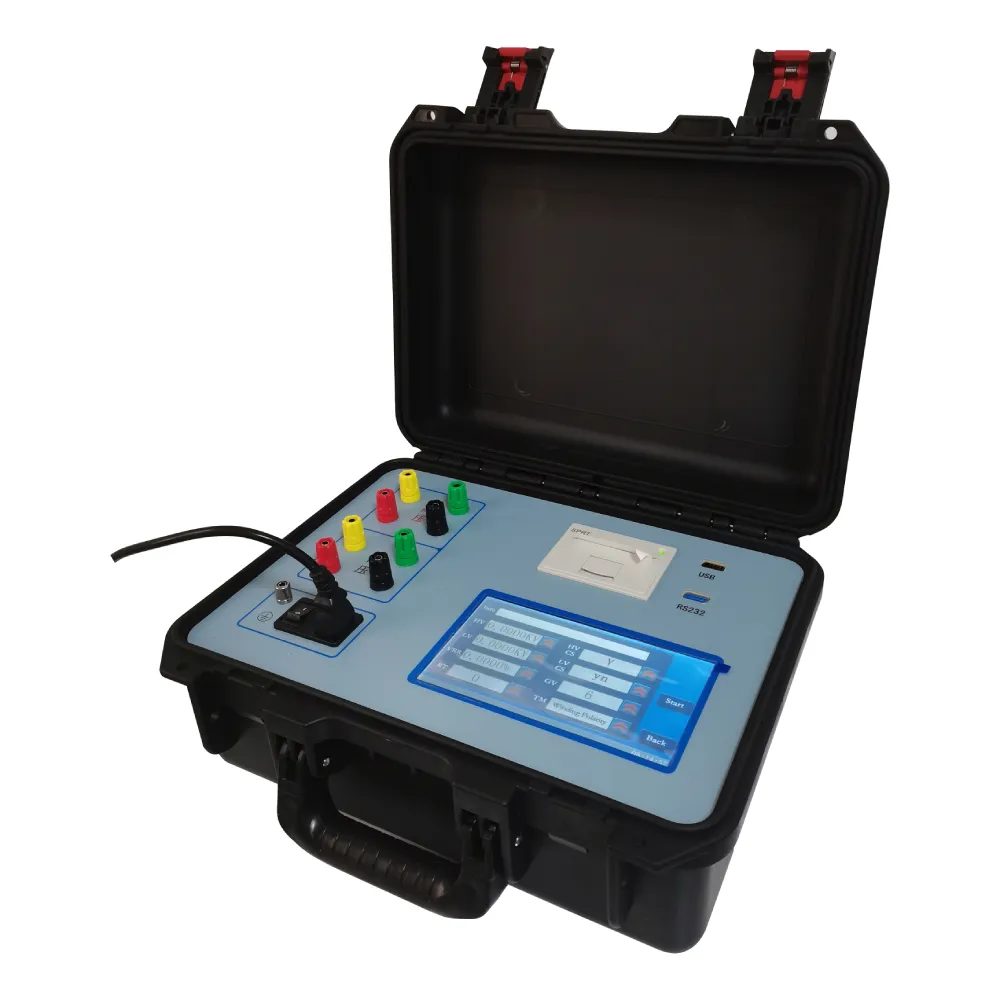 English
English


Evaluating Fluid Dynamics with a Kinematic Viscosity Testing Device for Accurate Measurements
Understanding the Kinematic Viscosity Tester Importance and Applications
Kinematic viscosity is a fundamental property of fluids that measures a fluid's resistance to flow under the influence of gravity. It combines the fluid's dynamic viscosity and density, providing crucial insights into its behavior under varying conditions. The kinematic viscosity tester is an essential instrument in laboratories and industries where understanding fluid properties is critical. This article explores the design, functionality, and significance of kinematic viscosity testers in various applications.
What is Kinematic Viscosity?
Kinematic viscosity is defined as the ratio of dynamic viscosity to density. It is expressed in units such as centistokes (cSt) in the metric system or Stokes (St) in the imperial system. The kinematic viscosity is vital for characterizing fluids in various industries, including petroleum, food and beverage, pharmaceuticals, and more. Understanding the viscosity of a fluid helps in applications such as lubrication, mixing, and flow rate calculations in pipelines.
Design and Functionality of Kinematic Viscosity Testers
Kinematic viscosity testers come in various designs, from simple to highly sophisticated systems. The most common types include the U-tube viscometer and capillary viscometer. These instruments typically utilize a glass tube with a known cross-sectional area through which the fluid flows. The time taken for a specific volume of fluid to pass through the tube is measured, and this time is then correlated to the kinematic viscosity of the fluid.
Some modern testers employ digital technology, providing automated measurements and data logging capabilities. These advanced models can offer real-time analysis, which is essential for industries where precision is paramount. They may also come with built-in temperature controls, allowing for viscosity measurements at different temperatures—a vital feature, as viscosity can change significantly with temperature fluctuations.
kinematic viscosity tester

Importance in Various Industries
1. Oil and Gas In the petroleum industry, maintaining the proper viscosity of crude oil and its derivatives is essential for efficient transport and processing. Kinematic viscosity testers play a pivotal role in refining and blending operations, ensuring that the products meet industry standards and regulations.
2. Food and Beverage Viscosity affects the texture and flow characteristics of many food products, from sauces to beverages. Food manufacturers use kinematic viscosity testers to maintain product consistency and quality, which is critical for consumer satisfaction and regulatory compliance.
3. Pharmaceuticals The pharmaceutical industry relies on precise viscosity measurements to develop and manufacture drugs, as the viscosity can affect the absorption rates and overall efficacy of medications. Kinematic viscosity testers are vital in ensuring that formulations are optimized for therapeutic effectiveness.
4. Chemical Manufacturing Many chemical processes depend on the flow characteristics of substances involved. Kinematic viscosity testers help chemical engineers design efficient processing units and workflows by providing insights into fluid behaviors during production.
Conclusion
In conclusion, kinematic viscosity testers are indispensable tools across multiple industries, providing valuable information about fluid properties essential for quality control and process optimization. As technology continues to evolve, these instruments are becoming more sophisticated, offering enhanced accuracy and efficiency. Understanding and measuring kinematic viscosity is not just an academic exercise; it has practical implications that affect productivity, safety, and overall product quality in the real world. For businesses, investing in reliable kinematic viscosity testing equipment is crucial for maintaining competitive advantage and ensuring adherence to industry standards.
-
Differences between open cup flash point tester and closed cup flash point testerNewsOct.31,2024
-
The Reliable Load Tap ChangerNewsOct.23,2024
-
The Essential Guide to Hipot TestersNewsOct.23,2024
-
The Digital Insulation TesterNewsOct.23,2024
-
The Best Earth Loop Impedance Tester for SaleNewsOct.23,2024
-
Tan Delta Tester--The Essential Tool for Electrical Insulation TestingNewsOct.23,2024





